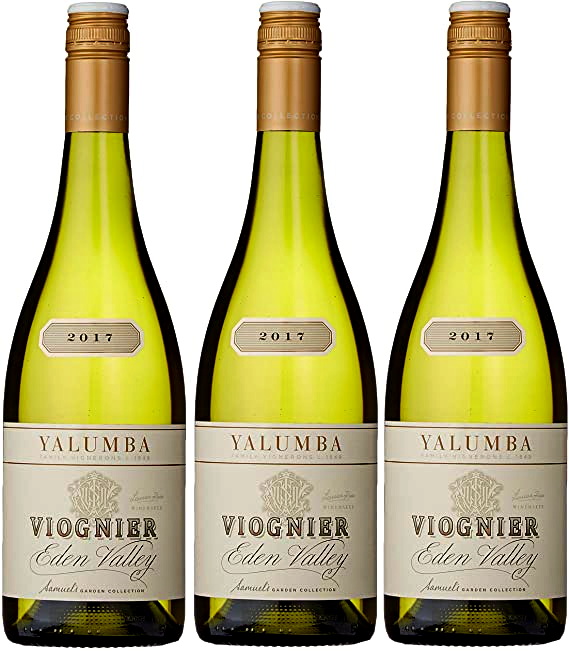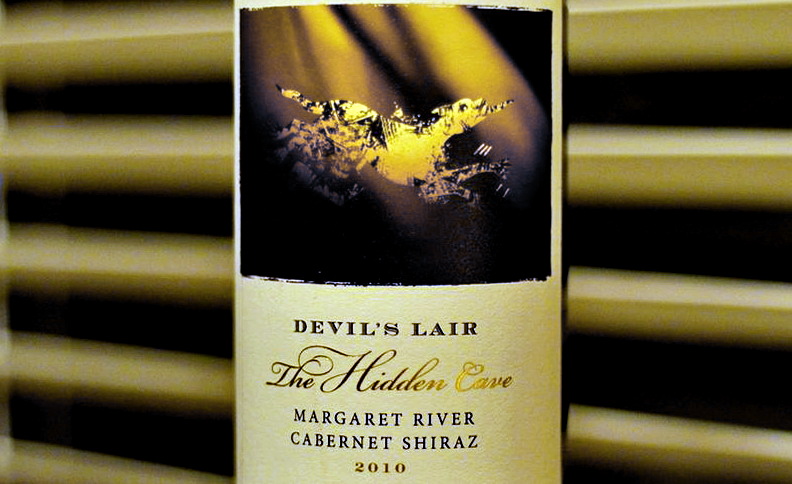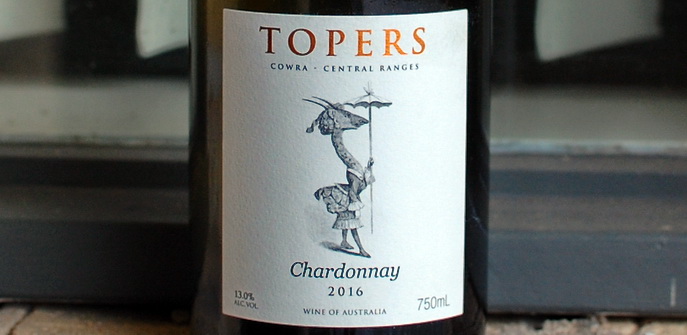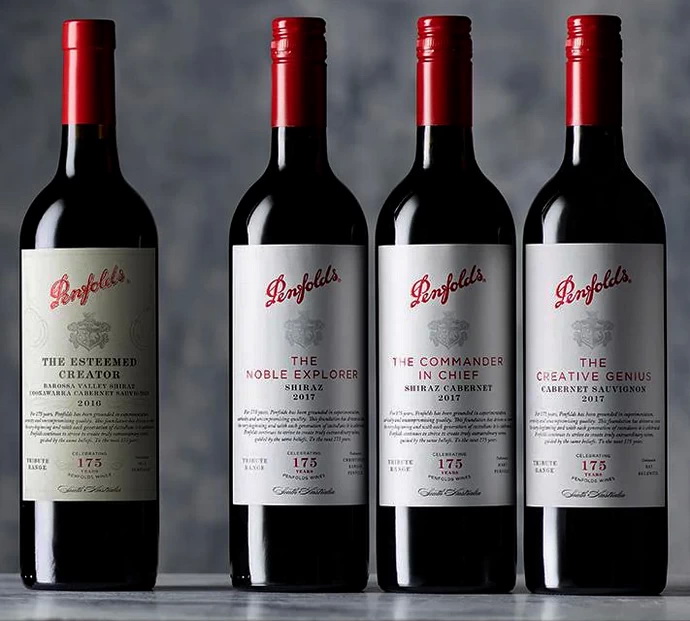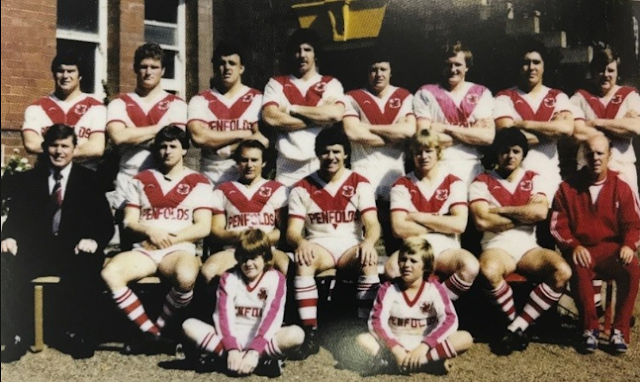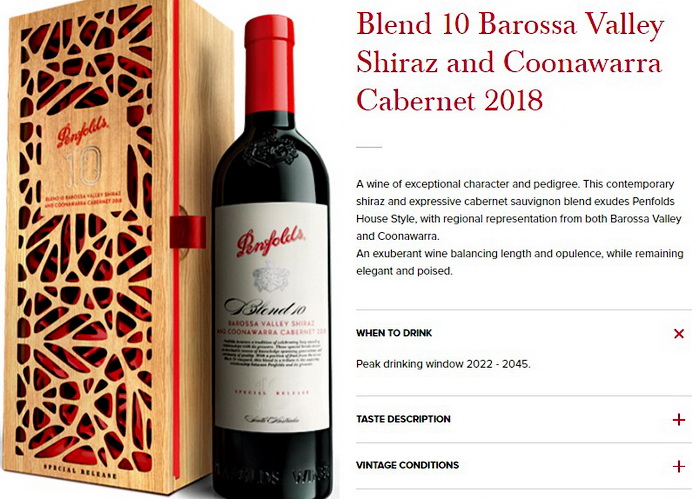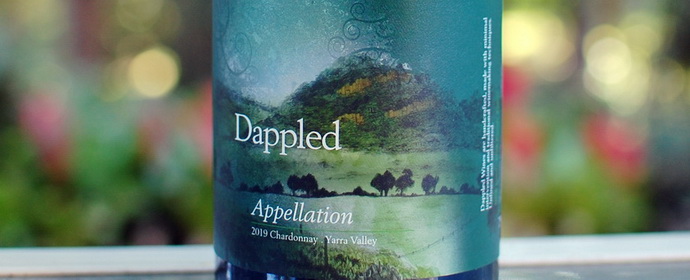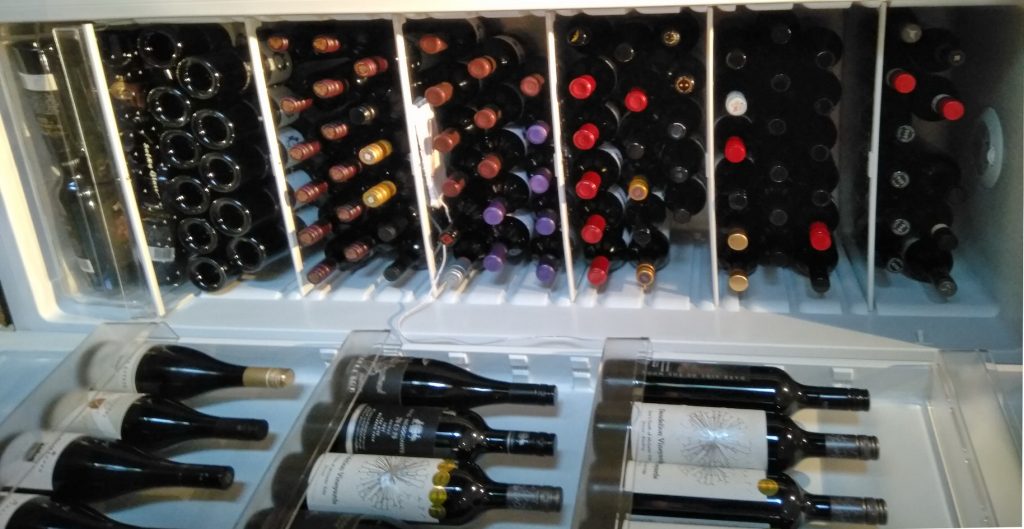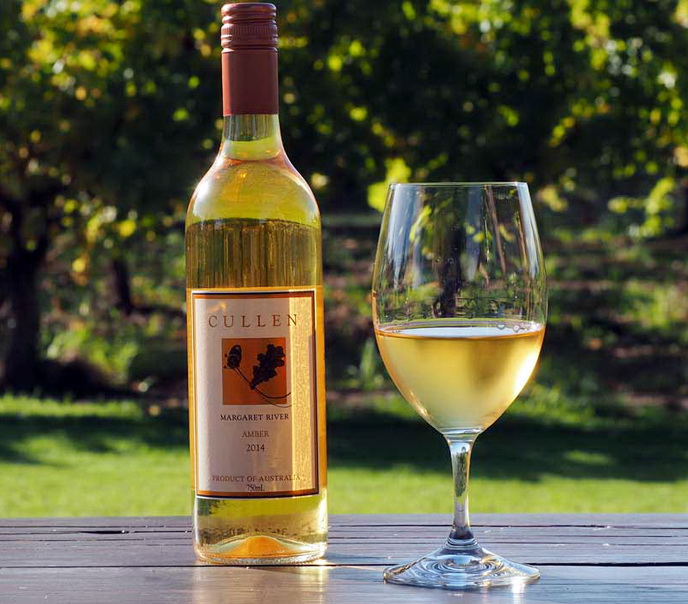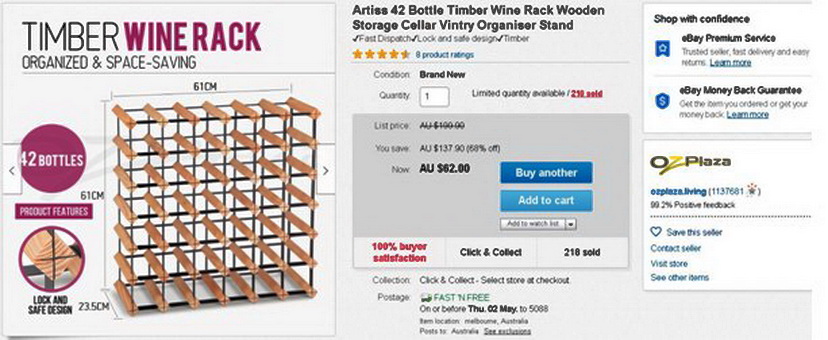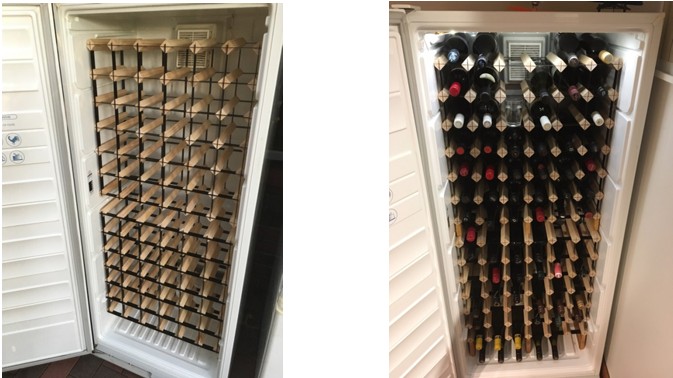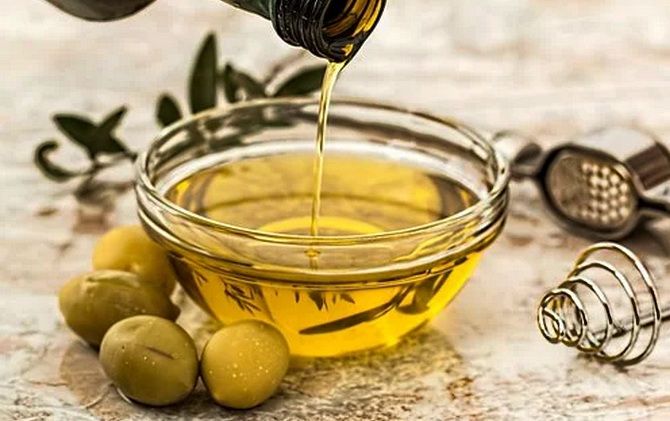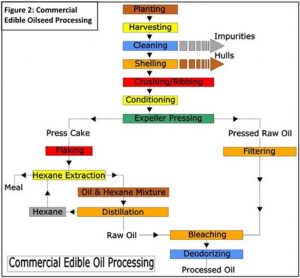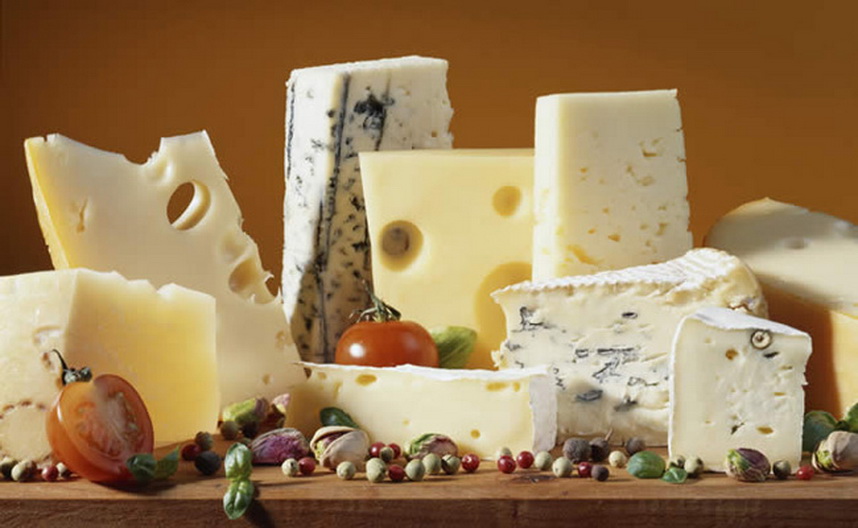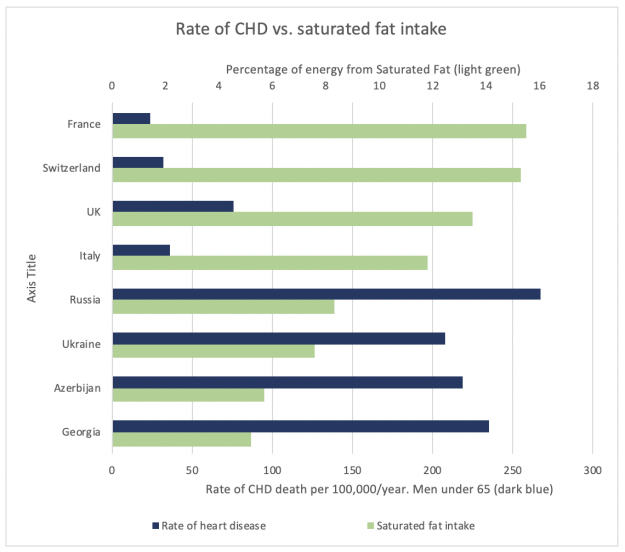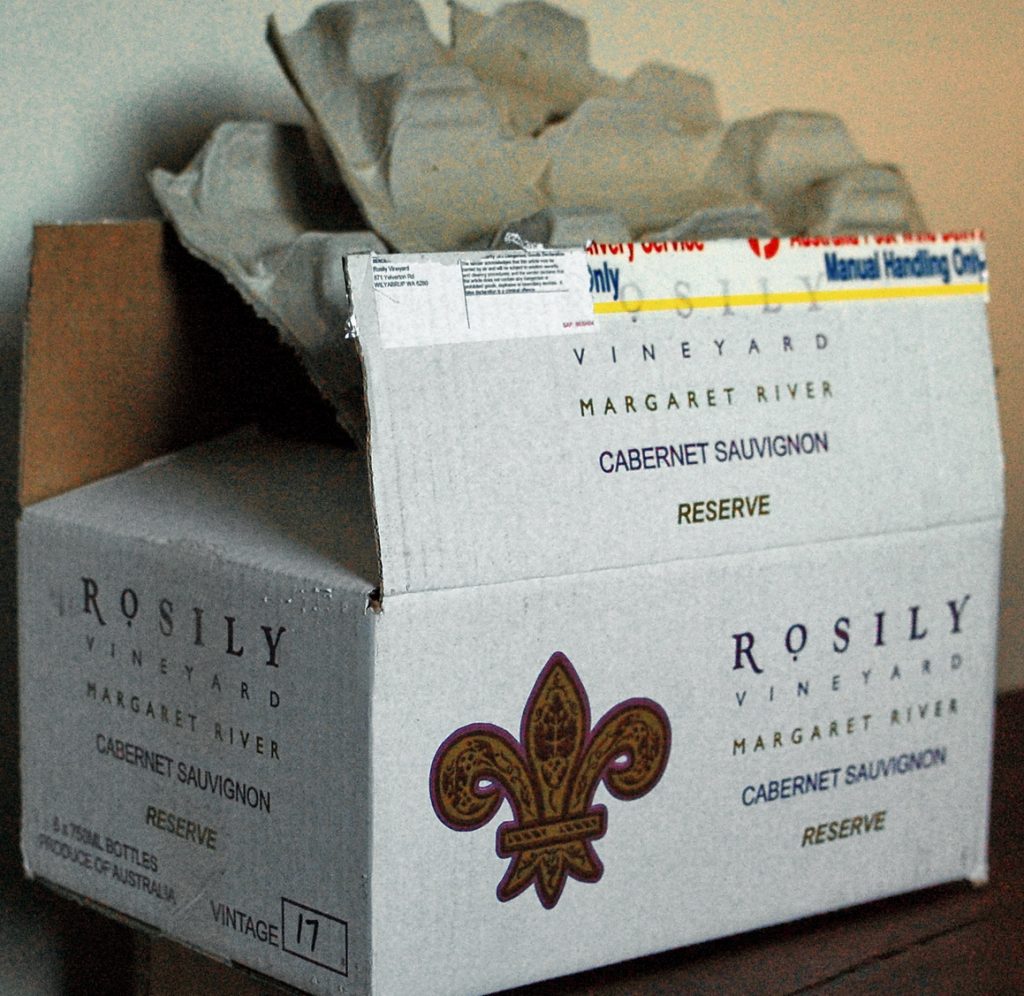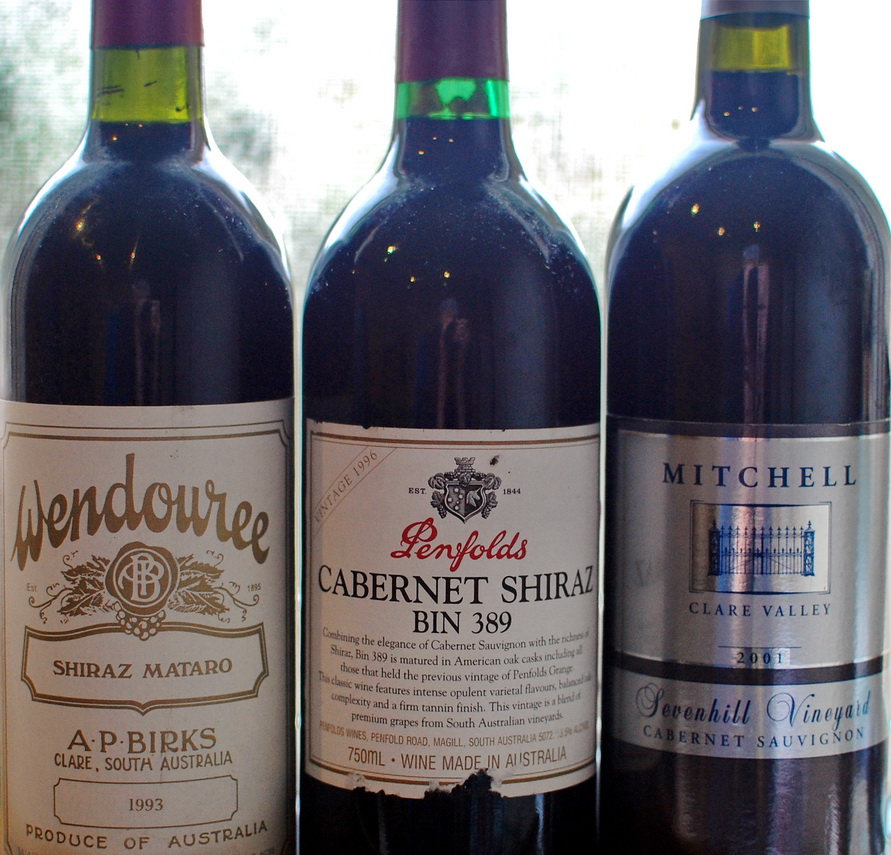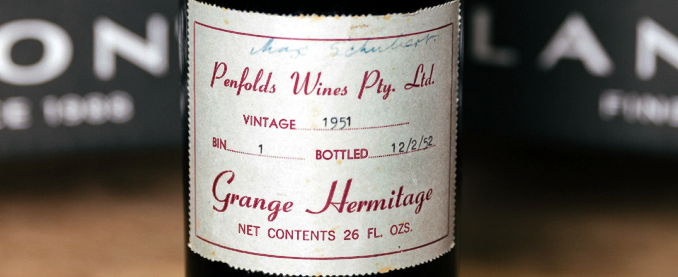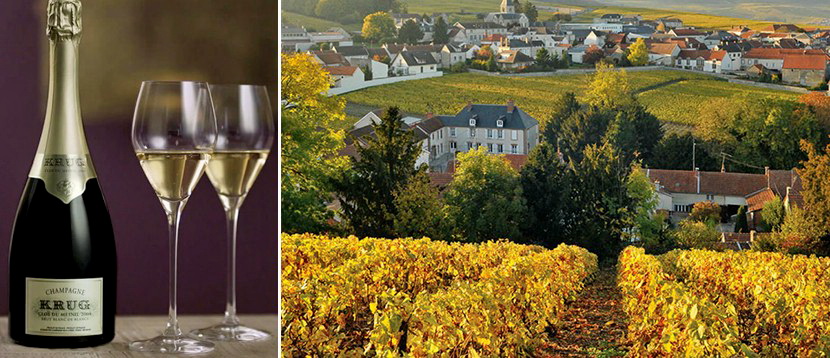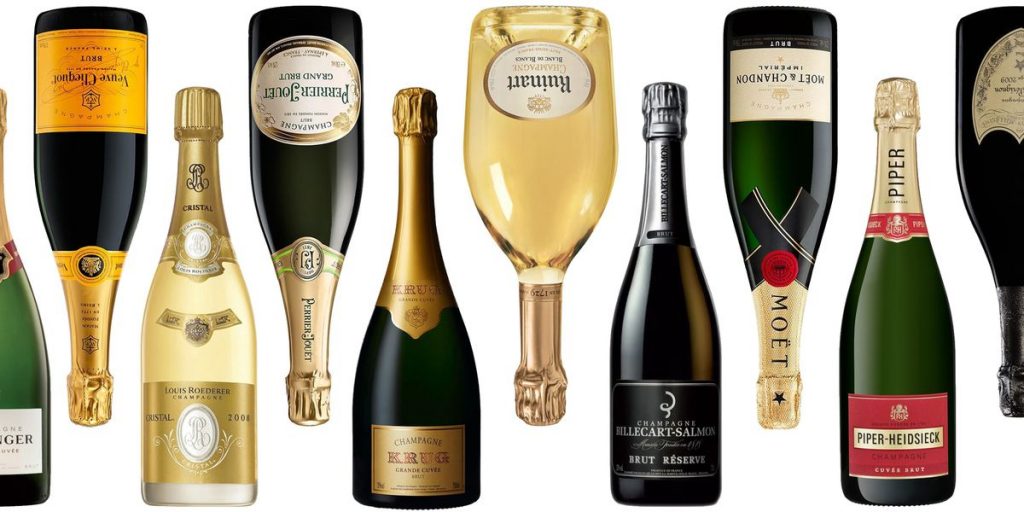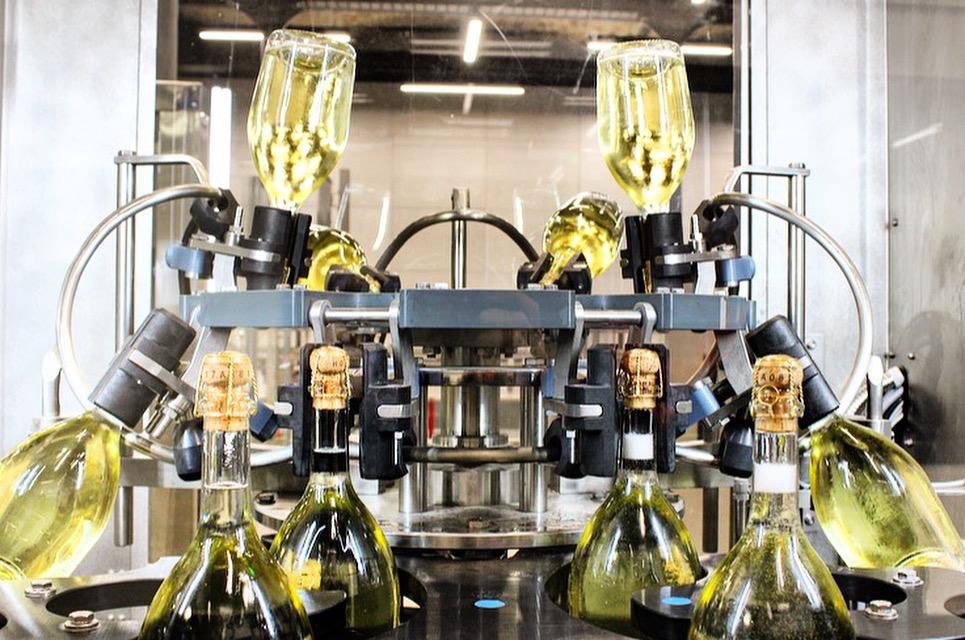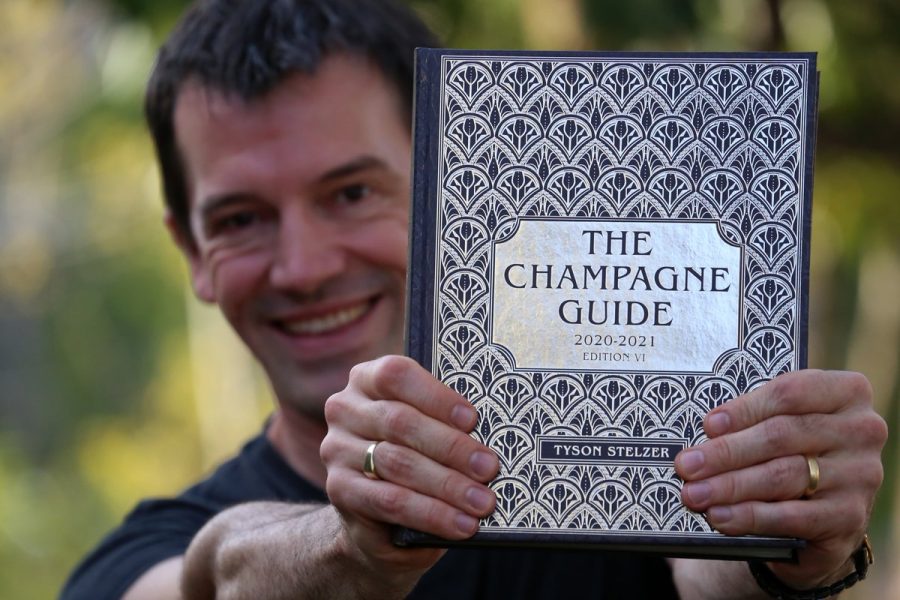BURIED TREASURE
I’ve been without a wine cellar for over a decade, and have kept my wine in well-insulated cardboard boxes, sealed and stacked in hallway cupboards, and under beds. Risky Business, I know, but I got away with it as I reported in the post High Risk or Madness? Longtime Wine Storage in an Apartment.
The downside of this kind of box storage is that you can’t reach or even see individual bottles, or even what 6-packs are near the bottom of the stack. Whenever you want to get down there, you’re in for laborious box-shifting. We moved house a few weeks ago, and the boxes made moving the cellar a lot easier since most of the wines are packed already.
One upside of this kind of storage is finding pleasant surprises and long-forgotten gems. From the beginning, Best Wines Under $20 was about finding good quality wines that didn’t cost an arm and a leg. I found the $20 ceiling a bit restrictive early on and lifted it to $25. This year, we’ve included bargains in the $25 – $40 range as a regular feature, wines like Oakridge and Dappled Chardonnays, Wynns black label Cabernets, and many more. It’s most of all about value for money, and there’s a distinct lift in quality with some of these $30 beauties.
Beyond that, it gets murky. Is the $60 Flametree SRS chardy really that much better then the $30 beauties from Oakridge or Dappled? Is the Penfolds bin 407 Cabernet that much better than the Wynns black label? Gary Walsh at the Winefront calls the high prices of these mid-level Penfolds bin reds ‘the elephant in the room.’ I’d call them outrageous for what are typically 93 / 94 point wines. I’d love to put the Kilikanoon Meymans Shiraz Cabernet 2018 up against the Penfolds Bin 389 2018, and I bet it would win. These pennies are trading on the glory of their ancestors, while the company keeps adding more and more labels and fiddling with the packaging instead of focusing on the winemaking.
WHITES
Devil’s Ridge Eden Valley Riesling 2015 – this was $10 at Kemenys a few years ago, and I wish I’d bought a case or 2. Maturing flavour with real depth and length, balance by fine acid. 2015 was a far better year in South Australia than I expected, given the intense heat wave that hit just before vintage time and saw winemakers trying to deal with grapes from different coming in virtually in the same week. The Rieslings were full-bodied and forward in their youth, but over the years developed more refinement. That’s not something I’ve witnessed before.
Yalumba Eden Valley Viognier 2017 – $10 at Dan M’s. Over the last 6 months of 2020, the Dan M store closest to us cleared out whole lines of wines. Woodlands Cabernet Merlot was going for $18, Montes Reserve Cabernets and chardies form Chile for the same price, and the basic chardies for $10. These were serious bargains, several years old and in their prime. Every Dan M’s store carries its own stock, so I could recommend these deals but I could take advantage of them.
I’d bought some of this when it was first released, but the bottles I opened over the next couple of years were mildly disappointing. Then a few months ago, they hit their straps, producing those classic notes of apricot kernels and lychees; smooth texture was the finishing touch. I served it with my salmon and goats cheese-omelette on a hunch, and it was an instant match. I’ve been looking for a wine to go with eggs for decades.
Give it a try – a few DM stores still have stocks, but not at the special price. Jim Murphy’s appears to have some 2017 left, but the landing page is showing the 2018. Vintage Cellars has stock at $21, the landing page says 2017 and shows the right label but that’s no guarantee …
Leo Buring Clare Valley Riesling 2015 Museum Release – $17 at Vintage Cellars. this is a cracker, a near perfect 5 year-old Clare Riesling, made by Peter Munro somewhere in the bowels of Treasury Wine Estates. 2015 was a very hot year, yet this wine has a fine, long line of acid that supports the classic florals, limes and bath powder.
It shows no hints of kero or toast or honey yet, in fact it’s still crisp and crunchy but richer and fuller than its younger siblings. The precision and linearity of this Riesling are exceptional, and so is the value. Will live for a long time. 95+ points.
REDS
Hidden Label Coonawarra Cabernet Sauvignon 2010 – I bought a few of these Leconfield Cabernets for about $18 about 7 years ago, and this is the first one I opened. It’s in top form, with rich and ripe cassis fruit, pencil shavings oak and a silky smooth palate. Just gorgeous drinking; even Tracey kept coming back for more, and she restricts here red wine intake.
Teusner The Riebke Shiraz 2010. I bought a 6-pack of this for $18 each about the same time, and this is another red from that great 2010 vintage that seemed to make sure everything was in perfect balance. Red berries and pepper, a touch of leather and a lick of oak, all in perfect harmony
The Devil’s Lair Hidden Cave Cabernet Shiraz 2010 was another of my early finds back around 2013. Bought lots of it for $14 back then, and you can still find later versions for less than $20 – the 2014 at Shorty’s Liqueur for example.
It’s one of those labels other wine writers have studiously ignored for years, yet this is a red of surprising quality given the large quantities produced by this TWE-owned winery. It’s not the most complex of reds but it’s as smooth as velvet, a classic cool Margaret River Cabernet with a lift from the Shiraz adding interest. If you have any of this left, drink it soon.
Craggy Range Te Kahu Merlot Blend 2015. I love this wine, a Bordeaux right bank blend from across the Tasman. You wouldn’t get a St Emilion of this quality for less than $100. The Te Kahu sells for around $30 but the local DM store ran it out for $22 late last year. You can be lucky.
Robert Oatley Signature GSM 2014 – well under $20 when I bought it, left it alone for a couple of years and found a jarring note when I opened a bottle – somewhere between to much sulfur and corked wine except that it was under screwcap. Then a miracle occurred: I’d steered clear of it for several years and decided to check again: the jarring note had gone; the wine had matured of course but this is a rare event – faults usually get worse not better.
Ringbolt 21 Barriques Cabernet Sauvignon 2012 – Bought some of this wine (for about $28) following a lunch put on by Yalumba at Bistro Monceur, with retired winemaker Peter Gambetta in charge of proceedings. I was impressed with this stylish red seven years ago, and it’s a beauty. There’s a core of fine cassis fruit wrapped in classy French oak, great line and length with a firm, fine-grained tannin finish. Another seven years will see it at its peak.
Honorable Mention
Wynns Black Label Cabernet Sauvignon 2013 – $33 at Winestar. My pick for the best red I drank in 2020 (special events excepted), and the great news is that you can still buy this 8-year-old classic at a lower price than most shops ask for the 2018. It’s a tight field of great Coonawarra Cabernets, but the 2013 has become my favourite among the wines made from 2009 to 2018.
I can’t improve on Huon Hooke’s review: ‘Deep, young purple/red colour, very fresh looking – and smelling. Fruit-driven blackberry, raspberry and blackcurrant nuances, with negligible herbal high-notes. The wine is intense and powerful yet also very elegant – moreso than the 2012 – and the fruit does all the talking. Strong but super-fine tannins. The wine has perfect balance in all respects: oak, tannin, acid and extract as well as flavour. A great wine. Drink 2017 to 2045; 97 Points.’
Farewell to an Old Friend
Topers Chardonnay – the 2013 was a big hit several years ago, when we negotiated a special price for subscribers with Jonathan Bell who owned the brand and the vineyard at ‘Kelvin Grove’ near Canowindra.
The 2014 didn’t grab me, and none was made in 2015. The 2016 was a beauty, not as immediately seductive as the 2013 but ‘just a really nice Chardonnay’ as one of our subscribers said. Sadly, that was the last Topers chardy made.
Following the death of his beloved wife in 2017, Jonathan retired and sold the vineyard (we know not to whom). He is the same vintage as James Halliday, and went through law school at Sydney Uni with him in the late fifties.
The wine was made by MADREZ Wine Services in Orange, set up by Lucy Maddox and Chris Derrez who describe themselves as ‘ghost writers’ for some of the best-known wines in the Central Ranges – Colmar Estate, Cooks Lot, Twisted River, Burnbrae, and many more. They’re very smart winemakers – Lucy made the Best Winemaker shortlist at GTW in 2018 – check Peter Bourne’s story at the link.
I was delighted when I found a 6-pack of the 2016 Chardonnay while moving my cellar; I thought I was down to my last couple of bottles. This has been our go-to white for the last couple of years and, as usual, I wish I’d bought more than 6 dozen.
The wine has been at its peak for about 18 months. And I suspect it will stay there for another 6 or 12. So please drink a toast to Jonathan Bell, and to Lucy and Chris, next time you open a bottle of Topers. And there’s no need to tell your dinner guests that a toper is a drunkard.

